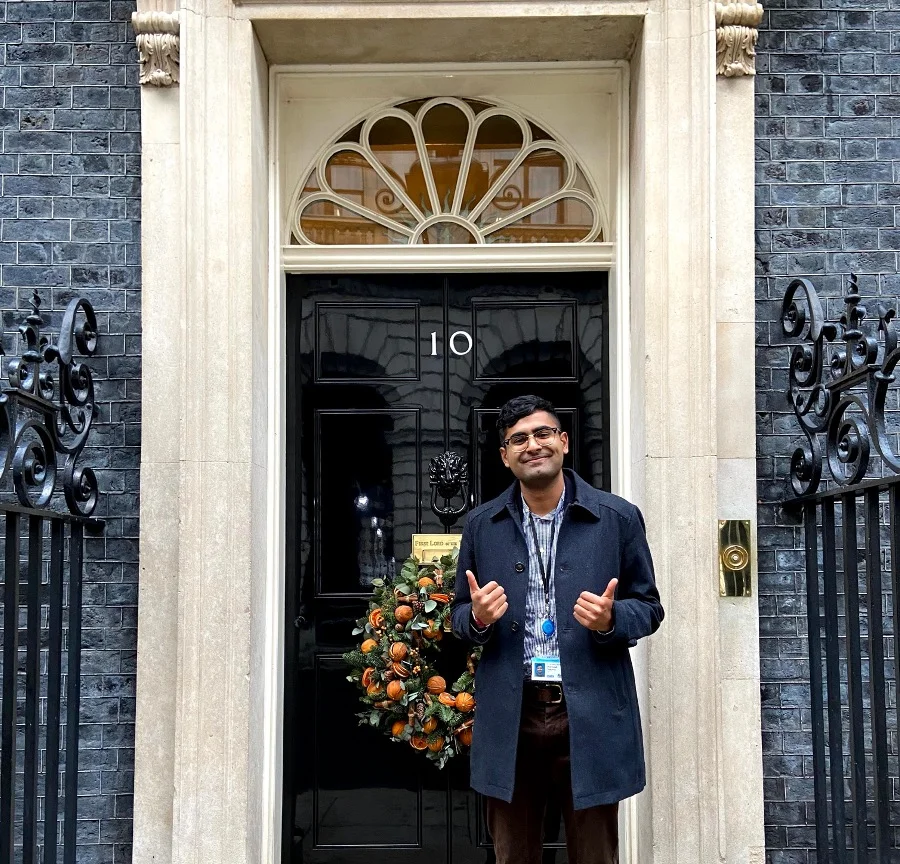Leader as a coach
Think about a leader you admire. What makes them such a great leader? For me, one of the best leaders I know is empathetic, calm, listens, respects and values my opinion. These principles are important to carry forward as a coach.
To coach or not to coach?
In the last blog post, we talked about setting a north star. A goal helps to keep the coaching session focused. Following a structure can be tough. Conversations are organic.
Sometimes coaching isn’t always appropriate. I had identified someone who would benefit from coaching. When we met, I quickly realised that this person wanted to know more about my experience as a Product Manager, and that they wanted to know how I approached certain problems. For this individual, mentoring was more important.
Coaching in short bursts
Coaching can be applied in many situations. You don’t necessarily need to schedule a coaching session. You may identify a situation where coaching might help in a 5-10 minute chat.
Here’s some useful questions to ask:
- what do you want the end result to be?
- what are your thoughts?
- what have you done so far?
- what has worked in the past?
- what fresh thoughts are coming to you now?
- how do you want to feel?
- what could you do about it?
- what else?
 Photo by Helena Lopes from Pexels: https://www.pexels.com/photo/photograph-of-men-having-conversation-seating-on-chair-1015568/
Photo by Helena Lopes from Pexels: https://www.pexels.com/photo/photograph-of-men-having-conversation-seating-on-chair-1015568/
Find your style
There’s no one way to coach. Some coaches might spend more time focusing on goals. Some coaches like to be neutral in their body language. Personally, I like to show empathy. I want to acknowledge that sometimes something isn’t so great, and I hear the difficulties the coachee is going through.
What happens after setting the North Star?
It’s now your second session with coachee. What do you do now?
Set the scene
- make sure they are comfortable.
- ask how they are.
Revisit the goals
- remind me of your three goals?
- use one word to describe how you are feeling about each goal?
- it’s useful to playback the one word to coachees.
- remember that it is possible for coachees goals to change, and they may have made progress or no progress at all from the last session.
- this is all about getting from a ‘helicopter’ view to something more focused for the session.
Get the outcome
- what does the coachee want to achieve?
- if they are struggling you can guide the coachee e.g. “you mentioned this….is this a good place to start?”
Use the GROW model for each goal
- you can use one session to focus on one goal or go through them all.
Confirmation
- confirm to the coachee what they have agreed.
- affirm good progress and offer positive feedback.
Reflections on practice
- if the coachee is struggling I like to refocus on the goal to remind them of what they are trying to achieve.
- some other coaches I notice like to focus on two goals to demonstrate how they are connected.
- I love the question “what do you want it to be?” for the goal section in the GROW model.
- I like to ask coachees to tell me what their first step will be as some goals feel so daunting it’s hard to work out whether to start.
- the a-ha moment when a coachee feels so motivated to do something about their goal is so special. It’s why I want to be coach for moments like that.

